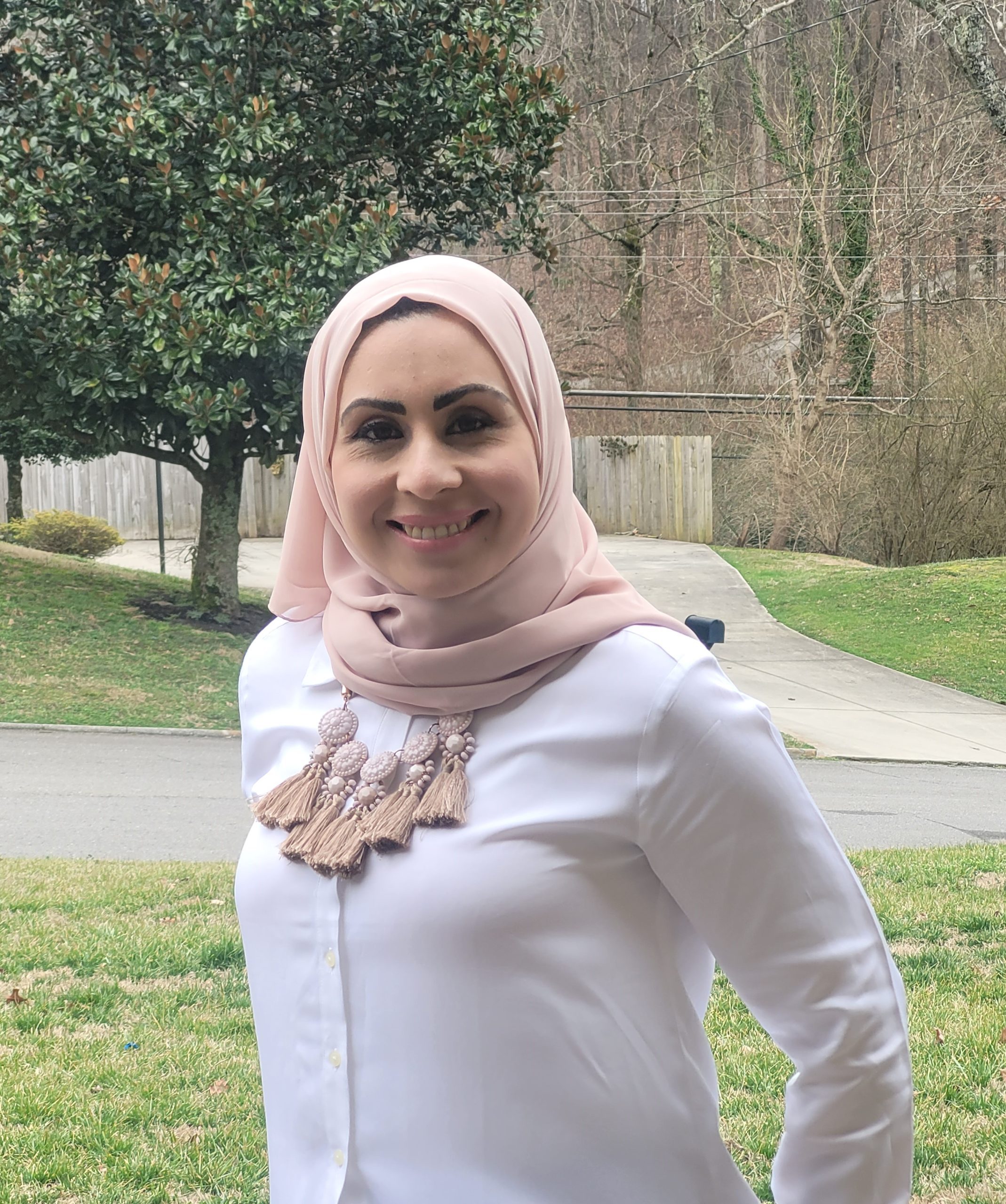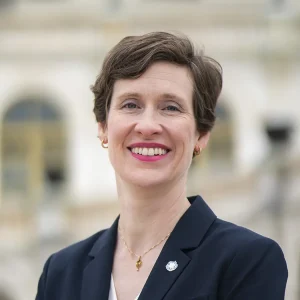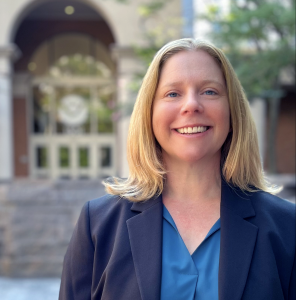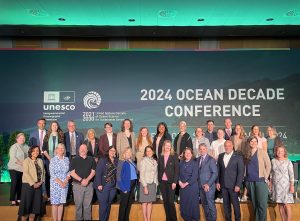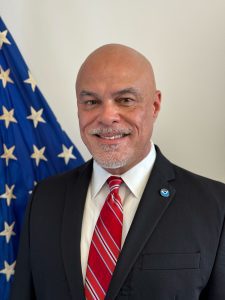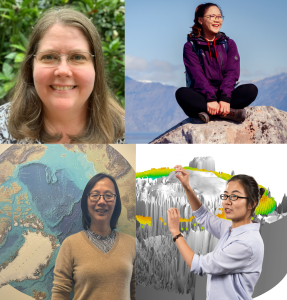Nebila Lichiheb is an environmental scientist at the Atmospheric Turbulence and Diffusion Division (ATDD) of the NOAA Air Resources Laboratory in Oak Ridge, TN. Her research interests include measurement and modeling of surface-atmosphere exchange of atmospheric gases and particles in agricultural, forest, coastal and urban ecosystems.
What drew you to your current career or field?
I inherited my interest in science from my father, who encouraged me to take as many science and math classes in school as possible. I obtained an engineering degree in Agricultural Sciences from the National Agronomic Institute of Tunisia (INAT). During my time at university, I was inspired by the environmental sustainability in agricultural systems. However, this research topic is not a priority in my home country because they are focusing on enhancing agricultural productivity to feed the population. This basic necessity for survival became more challenging with the reduced average annual rainfall and increased aridity and drought due to climate change.
I therefore moved to France to pursue my master’s in Agroecology and Ph.D. in Environmental Sciences from the French Institute for Education and Research in Agronomy, Environment, Life Science and Food Technology (AgroParisTech). This experience allowed me to explore air quality issues. Then I had the great opportunity to be part of the staff at ATDD where I am constantly improving my skills in monitoring and forecasting air pollution.
With the Covid-19 pandemic shifting much of the federal workforce into a work-from-home mode, what were some of the challenges you faced in the last year? Have you been able to adapt and if so, how?
The biggest challenge I have faced as a mother of a preschooler and a one-year-old baby during the pandemic was to balance work and family responsibilities. I overcame this by sharing household and child care duties with my husband and also by adjusting my daily work schedule. It was necessary for me to work at night after my kids went to bed. I have also used some weekends to catch-up on delays. Having a work-life balance is crucial for me to be successful, and I feel fortunate to have the option to telework.
Have any opportunities opened up by the change to virtual-only work, or any unexpected benefits from working from home?
The transition to mandatory telework due to the Covid-19 pandemic provides the opportunity to learn more about the research activities performed by our colleagues in other NOAA/ARL divisions and to establish new collaborative working relationships. It is also important to point out that the Covid-19 shutdown has led to a marked decrease in air pollution, mostly attributed to the reduction of traffic. Despite the challenges that many of us have experienced over the past year, a lot of the research tasks have been completed.
We still need to do face-to-face work, travel and perform field studies. However, telework could be a significant part of the long-term solution for the air quality issues. Furthermore, as a parent the lockdown offered me a rare opportunity to spend more time with my children. I started introducing basic science concepts to my son and he really enjoyed attending NOAA Live webinars for kids.
What do you enjoy most about your work?
The best part about being a scientist is the fact that I am constantly learning new things and gaining new skills. I really enjoy being able to answer some of our questions in order to refine the estimation of air pollution and assess risks to human health and the environment. I also enjoy working in a team with varied backgrounds and experiences and developing collaborations with other scientists around the world.
What do you hope to accomplish in the future?
My goal is to explore more deeply the air quality issues in several ecosystems using both measurement and modeling approaches. I hope to continue performing field measurements in several sites using several techniques and continue developing new parameterizations allowing a better estimation of air pollution. I also plan to become more involved in the international network of women in science in order to support women in STEM.
What do you hope the future for women in science looks like?
Women in science are still facing unexamined assumptions – which include, for example, “Women are not good at science and math” or “Women need to choose between career and family to be successful in the scientific world.” I hope that those challenges will not deter capable women from careers in the sciences. I want to encourage girls who are interested in science to work hard, fulfil their dreams and reach positions of power in this field to improve the status of women in science.
